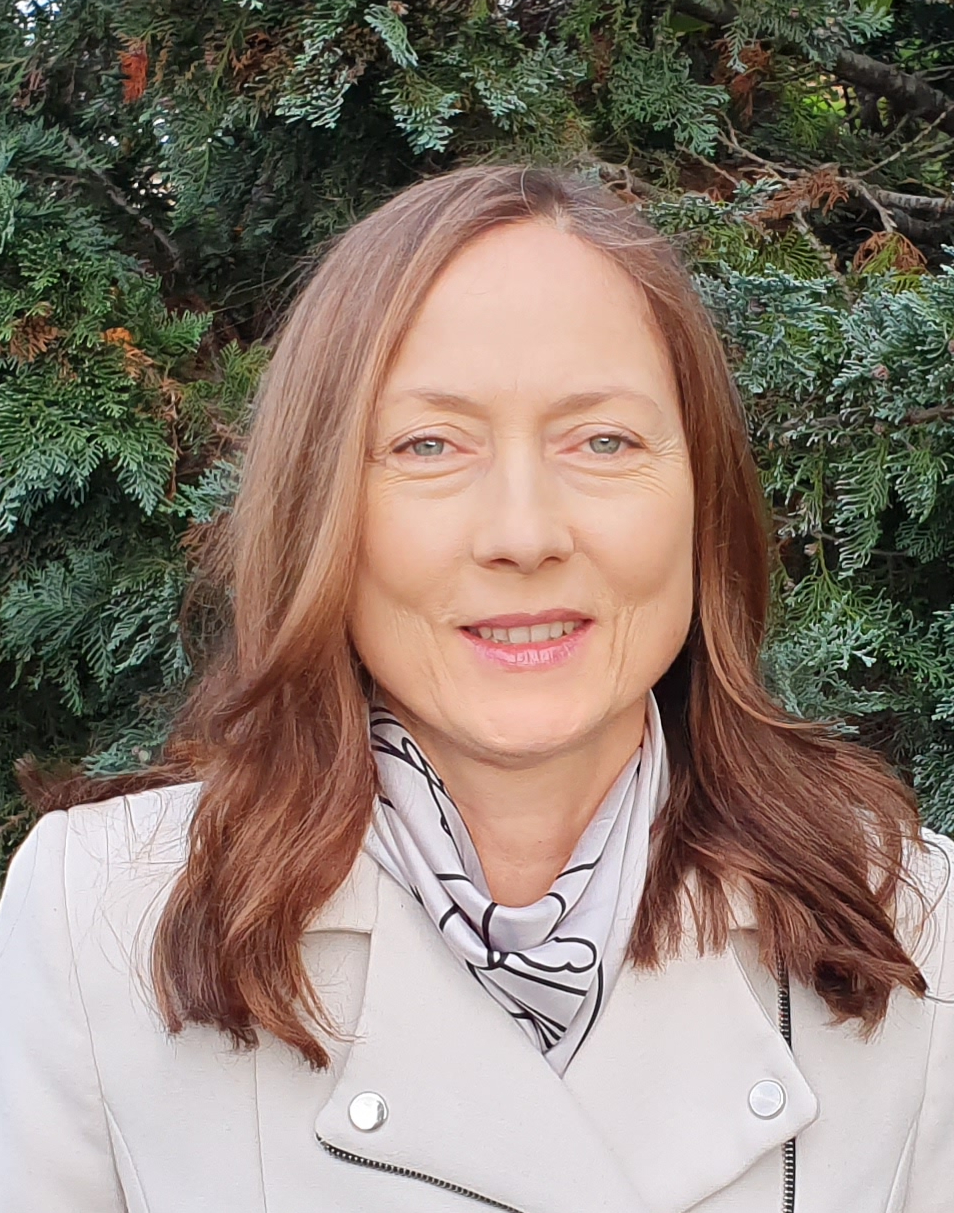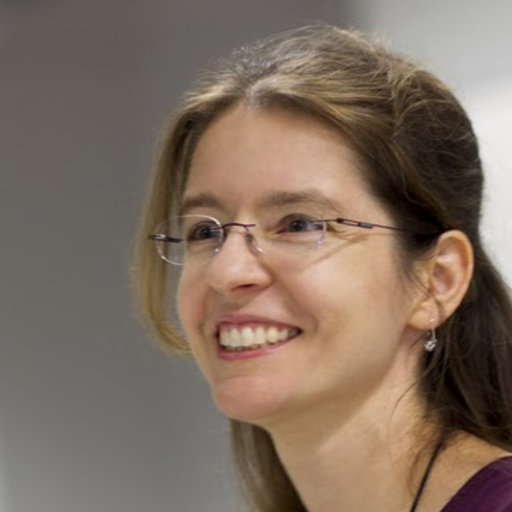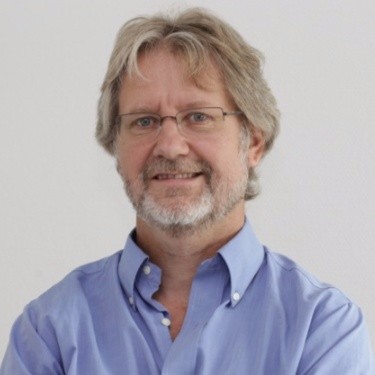Speakers
Keynote speakers

Elena Dubrova - Professor, KTH, Sweden
Slides
You can access the keynote slides here.
Biography
Elena Dubrova received the Ph.D. degree in Computer Science from University of Victoria, Canada, in 1998. Since 2008 she has been a professor at the School of Electrical Engineering and Computer Science at the Royal Institute of Technology, Stockholm, Sweden. She has over 100 publications and 15 granted patents. Her work has been awarded prestigious prices such as IBM faculty partnership award for outstanding contributions to IBM research and development. She is a world’s top 2% scientist according to the Stanford University ranking from 2020. Her research interests include hardware security, lightweight cryptography, and multiple-valued logic.
Abstract
Side-channel attacks are one of the most efficient physical attacks against implementations of cryptographic algorithms at present. They exploit the correlation between physical measurements (power consumption, electromagnetic emissions, timing) taken at different points during the algorithm’s execution and the secret key. In this talk, I will give an introduction to power and EM-based side-channel attacks and present some of our recent results, including a power analysis of a USIM card, an EM analysis of a Bluetooth device, and a power analysis of the post-quantum cryptographic algorithm Saber.

Danielle Griffith, Texas Instruments
Slides
You can access the keynote slides here.
Biography
Danielle Griffith has 25 years of experience in the semiconductor industry. She is a Fellow at Texas Instruments in Dallas, Texas, responsible for system architecture of next generation low power wireless connectivity SoCs. Her current focus areas are circuits and architectures for efficient wireless systems, low power oscillators, MEMS circuitry. She has published a book chapter and >50 peer reviewed papers and holds 20 issued US patents. Danielle has given numerous conference tutorial and workshop sessions. She has been a TPC member for top IEEE conferences, including RFIC, ISSCC, and VLSI. She is a senior member of the IEEE, an associate editor of the IEEE JSSC, and a Distinguished Lecturer of the SSCS. Danielle Griffith received the Bachelors and Masters degrees in electrical engineering from the Massachusetts Institute of Technology.
Abstract
The low power IoT market began in earnest in 1999 with the launch of the first commercial Bluetooth® device. Today, there are 10s of billions of active IoT connections, and computation and communication at the edge are becoming ubiquitous. Although the IoT market growth projection is more than 20% a year, this growth rate is unsustainable with today’s technology. The exponential rise in the demand for IoT devices necessitates significant innovation in improving wireless range, increasing performance, reducing form factor, and improving interoperability and ease of use – all within an ever-decreasing power budget. This talk will highlight innovations in process technology, circuit design, system architecture, and wireless standards that have all collectively enabled the market growth of IoT systems and edge-based platforms. Future innovations required to address new challenges and emerging edge applications will also be explored.

Philipp Häfliger, University of Oslo
Slides
You can access the keynote slides here.
Biography
Philipp Häfliger received the M.Sc. degree in computer science (with astronomy as a minor subject) from the Swiss Federal Institute of Technology (ETH), Zürich, Switzerland, and the Ph.D. degree from the Institute of Neuroinformatics at ETH in 1995 and 2000, respectively. He then moved for a postdoctoral position to the Nanoelectronics Group at the Department of Informatics at the University of Oslo, Norway, where he has advanced to full Professor. In Oslo, his research focus shifted gradually from neuromorphic (inspired by the nervous system) electronics towards mixed-signal ASIC design, in particular for biomedical devices, e.g., wireless microimplants, and more recently for micro-probes for space research. Dr. Häfliger coordinates the 3D-MUSE project of the EU’s Horizon 2020 research programme, that is concerned with high density 3D ‘sequential’ integration of CMOS circuits. He is a IEEE senior member, and has served in various functions for the IEEE ISCAS and IEEE BioCAS conferences, and as associate editor for the IEEE Transactions on BioCAS.
Abstract
This talk presents the topic of the recently completed EU project 3D-MUSE. In particular it will demonstrate the viewpoint of a mixed signal integrated circuit designer of the emerging sequential 3D integration technology. This technology allows for an order of magnitude higher connection density between 3D tiers as opposed to the well established parallel 3D integration or waver level bonding technologies, i.e. nearing 10^8 interconnections per mm^2, corresponding to a 3D contact pitch of 100nm. Combining different CMOS technology nodes this way offers unique design opportunities in particular for mixed-signal integrated circuits.
The 3D-MUSE project wants to spearhead the progression from what we shall refer to as ‘systems-in-stack’ to true ‘systems-in-cube’ that 3D sequential integration will enable. We define the former as a 3D system that is characterized by locating functional blocks within a single plane in the 3D packaging integration stack, while the latter makes use of the full emancipation of the interconnect density in the third dimension of sequential 3D integration and rather implements functional blocks in a volume comprising multiple tiers. We shall demonstrate this concept by conceiving novel architectures for micro circuits in a volume in a two tier 3D sequential integration process. In particular, we have identified mixed-signal circuits as, on one hand, a major bottleneck for functional performance scaling of sensor nodes and smart sensors in the IoT and cyberphysical systems, and on the other hand, excellent candidates for beneficial trade-offs when implemented as circuits in a volume with using two specialize tiers, one for analog device options and another for optimal digital designs.

Gunnar Mæhlum, IDEAS
Slides
You can access the keynote slides here.
Biography
Gunnar Maehlum is the CEO at IDEAS. He holds a Ph.D. in Physics from the University of Oslo and has a broad background from positions at CERN, the University of Karlsruhe and the University of Perugia. He joined IDEAS ASA in 1997 where he worked in technical, scientific and managerial positions. Prior to his current role, he has been Vice President of Research at Gamma Medica Inc. and General Manager of Gamma Medica-Ideas (Norway) AS.
Abstract
Integrated Detector Electronics AS, IDEAS, develops circuits and systems for radiation detection and imaging on earth and in space. In this talk I will present some of the challenges encountered when using microelectronics in space and some radiation tolerant circuits designed by IDEAS. One such circuit the NIRCA MkII is a system on a chip complete with ADCs, DACs memory and control logic developed for the read-out and control of infrared image sensors in space. I will also present the ASIC IDE3466 RADEM that will be used to measure radiation in Jupiter orbit as well as on the Norwegian Arctic Satellite Broadband Mission, ASBM.
